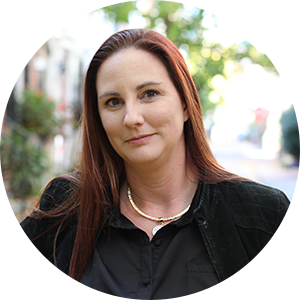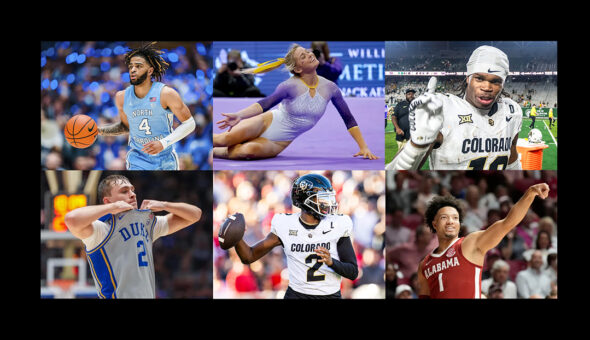National Harbor, MD – A major takeaway from the 2022 American Marketing Association (AMA) Higher Ed Symposium is that the most underutilized resource is the one in greatest supply: student-created social content. This may seem a recipe for disaster—something akin to lighting a match near uncovered tinder—but who better to reach the prospective student audience than those who recently underwent the same decision process and ultimately chose the institution?
“The older I got, the farther away I got from the targeted demographic,” said Alex Mowrey, social media content strategist with the University of Pittsburgh, who helped restructure Pitt’s marketing team to leverage content and resources effectively. “It gave us a good opportunity to leverage student content in enrollment marketing. We can develop content about what it means to be a student on campus, but the students are the best people to make that content.”
As marketing and communications leaders strive to be authentic and meet student audiences where they are, universities such as UC Berkeley, Wheaton College, the University of Pittsburgh and Colorado State University staffed their teams with student interns and employees. By providing simple visual and audio editing tools and access to equipment, such as tiny mics and light rings, the institutions have tapped into their students’ creativity and social media savvy.








